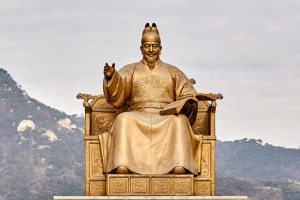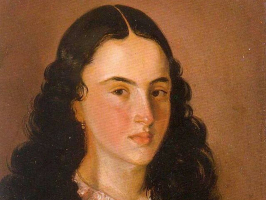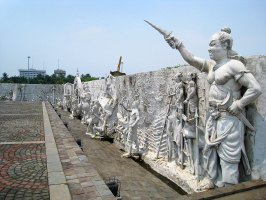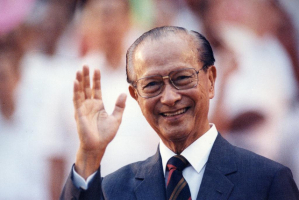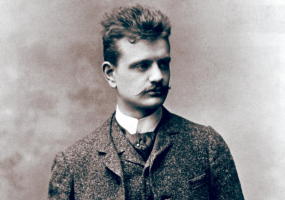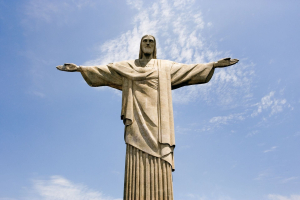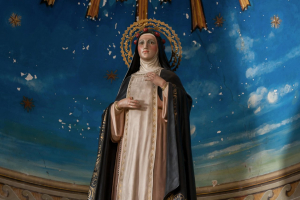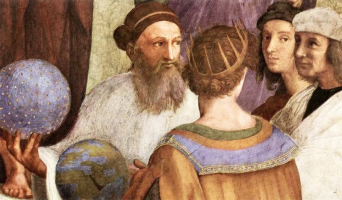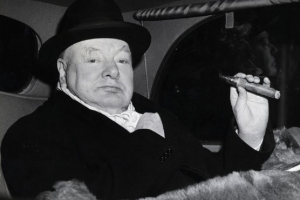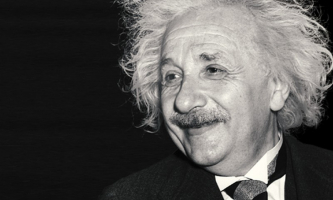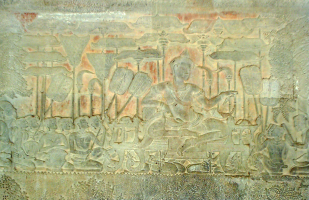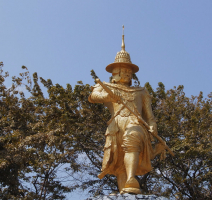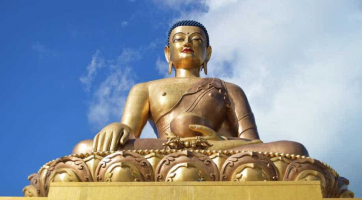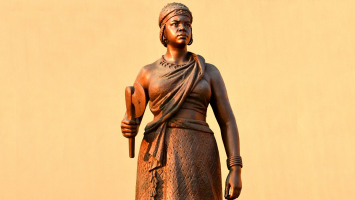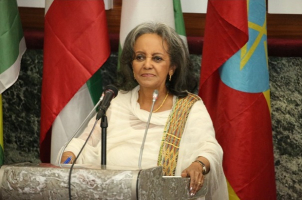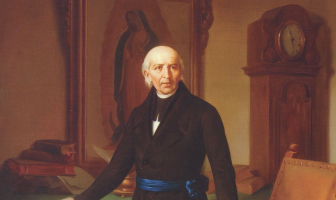Top 5 Most Important Historical Figures In Ireland
Throughout its history, Ireland has witnessed and recognized great people who have made great contributions to the country in particular and the world in ... read more...general. Let's explore more about the most important historical figures in Ireland through this list!
-
John Joly FRS (1 November 1857 – 8 December 1933) was an Irish physicist and geology professor at the University of Dublin, best known for developing radiation for cancer treatment. He is also notable for establishing uranium-thorium dating techniques, which use radioactive elements found in minerals to more reliably estimate the age of a geological epoch.
This Irish scientist made contributions to geology, physics, and medicine. John Joly created possibly the most significant aspect of his legacy when he discovered a novel technique to use radium to cure cancer. The element had already been recognized for its ability to combat the disease, but Joly's technology made radiotherapy less expensive and more precise. Radiation therapy is still used today. Among his other endeavors, he sought to estimate the age of the Earth by measuring the radioactive decay of elements in rock and shown that the decay rate is constant. Although we now know Earth is far older, he established an age of 100 million years, which was remarkable at the time.
Joly was elected a Fellow of the Royal Society of London in 1892, received the Royal Dublin Society's Boyle Medal in 1911, the Royal Society of London's Royal Medal in 1910, and the Geological Society of London's Murchison Medal in 1923. Honorary degrees were also bestowed to him by the National University of Ireland, the University of Cambridge, and the University of Michigan. Following his death, his friends contributed £1,700 to establish a memorial fund, which is now used to support the annual Joly Memorial Lectures at the University of Dublin, which were established in 1935 by Sir Ernest Rutherford. The Joly Geological Society, a student geological association founded in 1960, also remembers him. In 1930, Trinity College Dublin and the Royal Dublin Society commissioned Oliver Sheppard to create reproductions of a bust of Joly. In 1973, a crater on Mars was named after him.
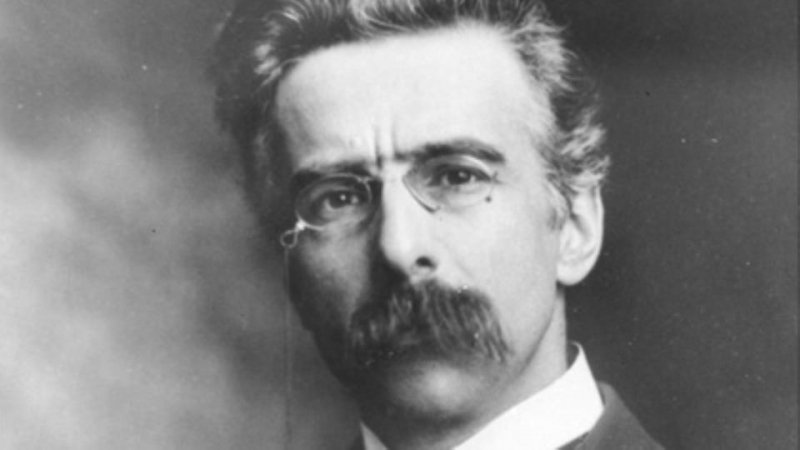
Photo: The Irish Time 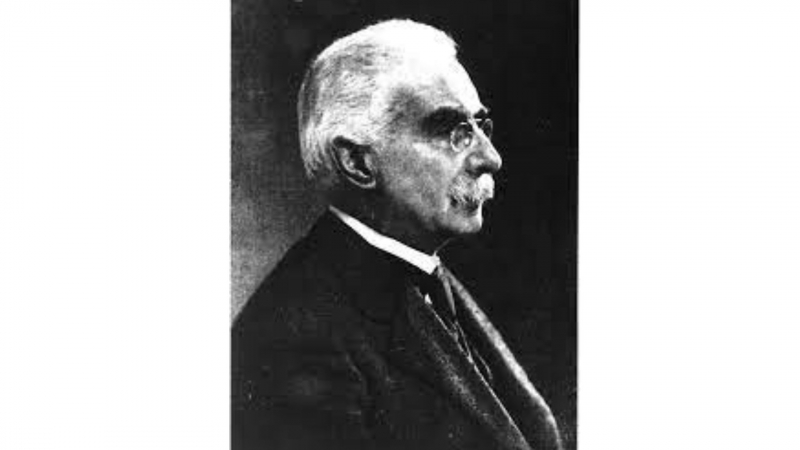
Photo: jstor -
Grace O'Malley (c. 1530 - c. 1603), also known as Gráinne O'Malley, was the daughter of Eóghan Dubhdara Ó Máille and the head of the Máille dynasty in western Ireland. She is a well-known historical character in sixteenth-century Irish history and is remembered in Irish folklore as Gráinne Mhaol (anglicised as Granuaile). She is also one of the most important historical figures in Ireland. Her name was also spelled in contemporaneous English sources as Gráinne O'Maly, Graney O'Mally, Granny ni Maille, Grany O'Mally, Grayn Ny Mayle, Grane ne Male, Grainy O'Maly, and Granee O'Maillie, but never as Grace O'Malley, which is a much later anglicisation. In popular culture, she is known as "The Pirate Queen."
Because O'Malley is not mentioned in Irish annals, documentary evidence for her life comes primarily from English sources, particularly the eighteen "Articles of Interrogatory," written questions put to her on behalf of Elizabeth I. She is mentioned in the English State Papers and other similar records. Despite having a brother, Dónal a Phopa Máille, she took up active leadership of the lordship by land and water after her father died. Marriage to Dónal a Chogaidh (Donal "of the battle") Flaithbheartaigh increased her riches and status, with reports of her owning up to 1,000 head of cattle and horses. When her sons Tibbot Bourke and Murchadh Flaithbheartaigh (Murrough O'Flaherty), as well as her half-brother Dónal a Phopa ("Donal of the Pipes"), were kidnapped by Sir Richard Bingham, the English governor of Connacht, in 1593, O'Malley traveled to England to appeal for their release. She made her formal plea to Queen Elizabeth I at her court in Greenwich Palace.
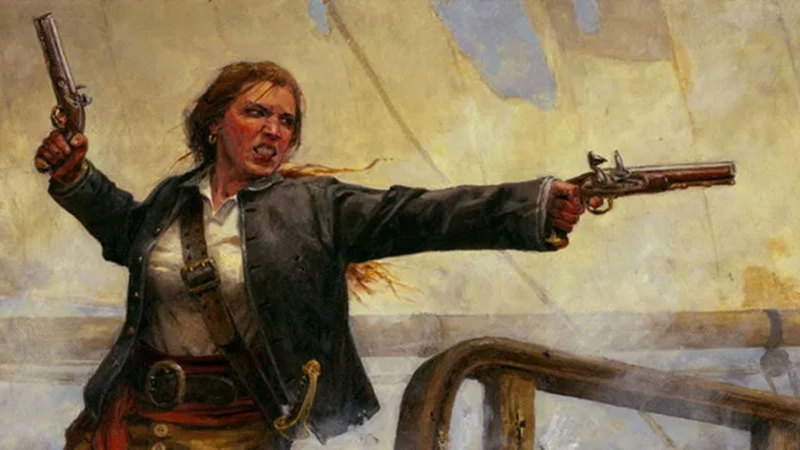
Photo: The Irish Spirit Magazine 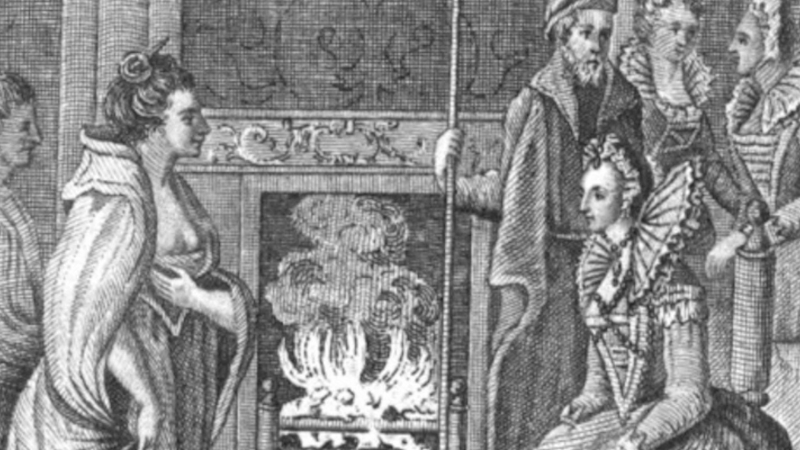
Photo: Samrock Gift -
Sir Ernest Henry Shackleton CVO OBE FRGS FRSGS (15 February 1874 – 5 January 1922) was an Anglo-Irish Antarctic explorer who commanded three British Antarctic expeditions. He was a key figure during the period known as the Heroic Age of Antarctic Exploration. Shackleton and his Anglo-Irish family[1] relocated to Sydenham in suburban south London when he was ten years old, from Kilkea, County Kildare, Ireland. Shackleton's first experience of the polar regions was as third officer on Captain Robert Falcon Scott's Discovery expedition of 1901–1904, from which he was sent home early on health grounds, after he and his companions Scott and Edward Adrian Wilson set a new southern record by marching to latitude 82°S.
In 1921, he rejoined the Shackleton-Rowett Expedition in Antarctica, but died of a heart attack while his ship was anchored in South Georgia. He was buried there at the request of his wife. Endurance's wreckage was discovered just over a century later. Shackleton's life was generally restless and unfulfilled away from his expeditions. In his pursuit of quick paths to wealth and stability, he initiated business endeavors that failed, and he died deeply in debt. After his death, he was lauded in the press but largely forgotten, whereas his rival Scott's heroic reputation lasted for decades. Shackleton was "rediscovered" later in the twentieth century and became a role model for leadership under harsh conditions.
Sir Raymond Priestley, one of his contemporaries, said in a 1956 address to the British Science Association, "Scott for scientific method, Amundsen for speed and efficiency, but when disaster strikes and all hope is gone, get down on your knees and pray for Shackleton," paraphrasing Apsley Cherry-1922 Garrard's memoir The Worst Journey in the World. Shackleton was ranked eleventh in a BBC survey of the 100 Greatest Britons in 2002.
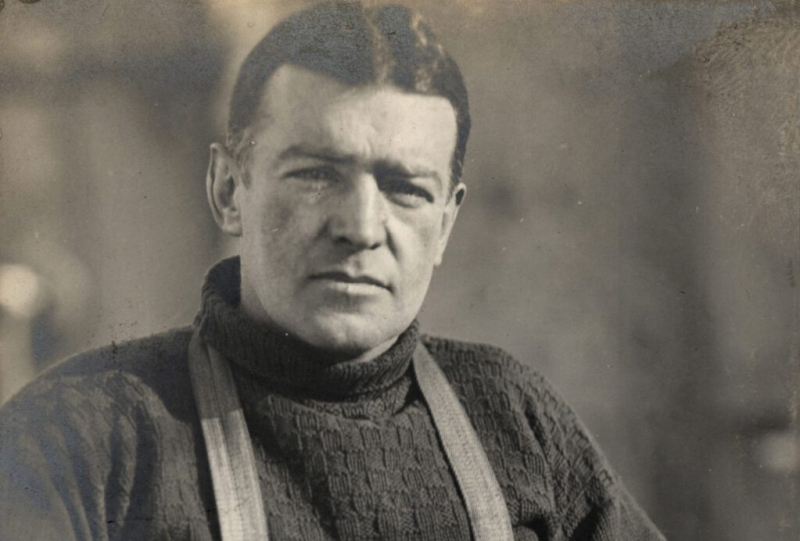
Photo: History Extra 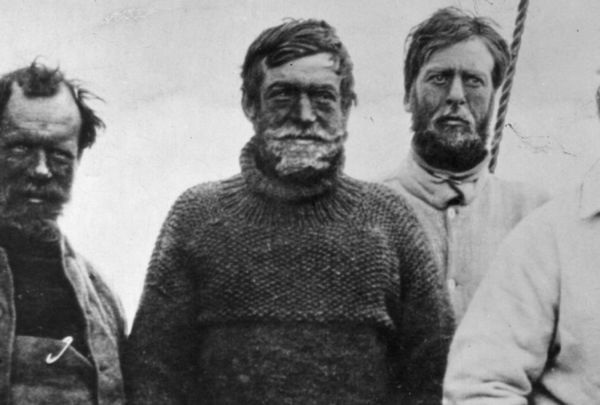
Photo: IrishCentral -
Daniel O'Connell ( 6 August 1775 – 15 May 1847), dubbed "The Liberator" at the time, was the recognized political leader of Ireland's Roman Catholic majority in the first half of the nineteenth century as well as one of the most important historical figures in Ireland. His mobilization of Catholic Ireland, right down to the poorest tenant farmer, contributed to Catholic emancipation in 1829, allowing him to take a place in the United Kingdom Parliament, where he had previously been elected twice. At Westminster, O'Connell championed liberal and reform causes but fell short of his stated goal for Ireland. This was intended to restore a distinct Irish Parliament by repealing the 1800 Act of Union. O'Connell faced domestic strife against the backdrop of a deepening agrarian catastrophe and, in his later years, the Great Irish Famine. Criticism of his political compromises and patronage system caused a schism in the national movement he had led solely.
He became a lawyer and advocated for Catholic emancipation through legal and nonviolent means. In his pursuit, he gained the backing of the Catholic Church and the people, propelling him into political leadership. In 1829, the ruling British Protestants relaxed their restrictive rules that discriminated against Catholics, ushering in emancipation. O'Connell was the first Catholic to hold a seat in the House of Commons in modern times.
Dublin's main boulevard, Sackville Street, was renamed in his honor after the Irish Free State was established in 1922. At Ophir in New Zealand, a Daniel O'Connell Bridge that was built in 1880 spans the Manuherikia River. In 1929, a set of Irish postage stamps featuring O'Connell was released to mark the 100th anniversary of Catholic emancipation. In Melbourne, Australia, there is a statue of O'Connell outside St. Patrick's Cathedral. O'Connell's residence in Kerry, Derrynane House, has been transformed into a museum dedicated to the Liberator.
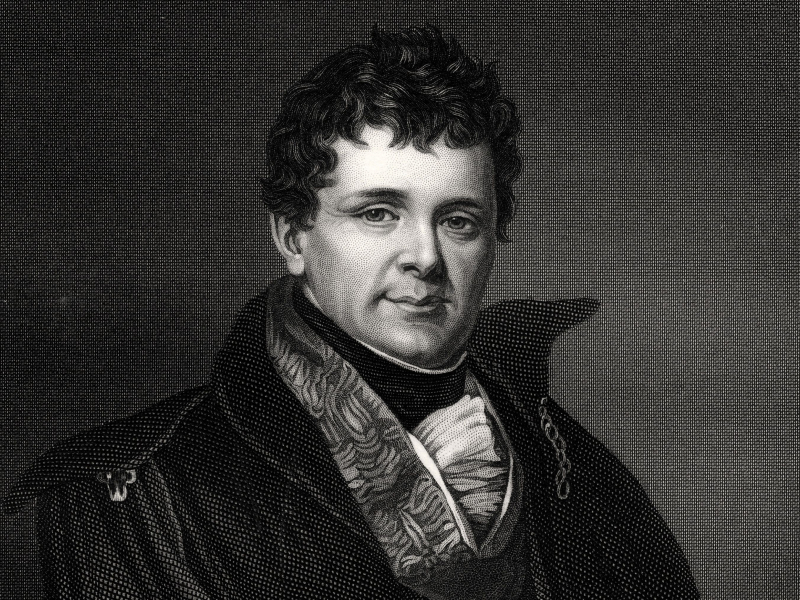
Photo: ThoughtCo 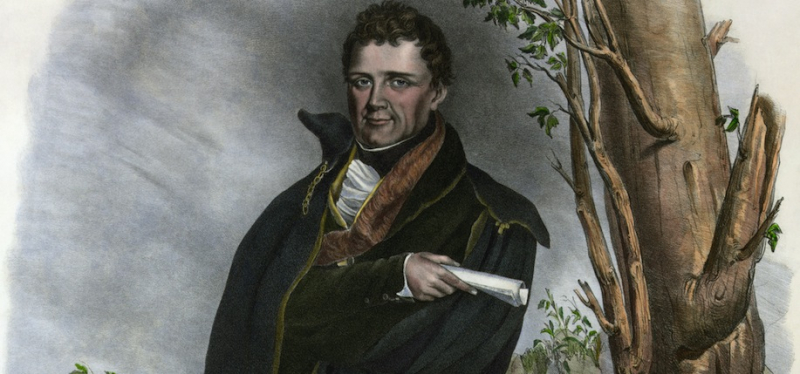
Photo: Irish America -
Irish émigré Anna "Annie" Moore, who died on December 6, 1924, was the first person to enter the country legally after passing a federal immigration inspection at the Ellis Island station in New York Harbor. Moore was born in Ireland on April 24, 1874. Irish sculptor Jeanne Rynhart erected bronze monuments of Moore in Ellis Island and Cobh in Ireland, the latter serving as Moore's departure point (point of arrival). For a long time, it was believed that "Annie Moore," whose death occurred close to Fort Worth, Texas, in 1924, was the immigrant whose arrival signaled the founding of Ellis Island. However, more investigation revealed that Annie Moore in Texas was actually born in Illinois.
Two monuments created by Jeanne Rynhart memorialize Annie Moore. One is located close to her port of departure, Cobh Heritage Center (formerly Queenstown), and the other is located at her port of arrival, Ellis Island. A utility vessel used by the National Park Service, the Annie Moore Award given annually by the Irish American Cultural Institute, a software program created at Worcester Polytechnic Institute in Massachusetts, Lund University in Sweden, and the University of Oxford in Britain are all things named in Moore's honor. The latter software assigns refugees who have no connections to the host country to their new homes using a "matching algorithm."
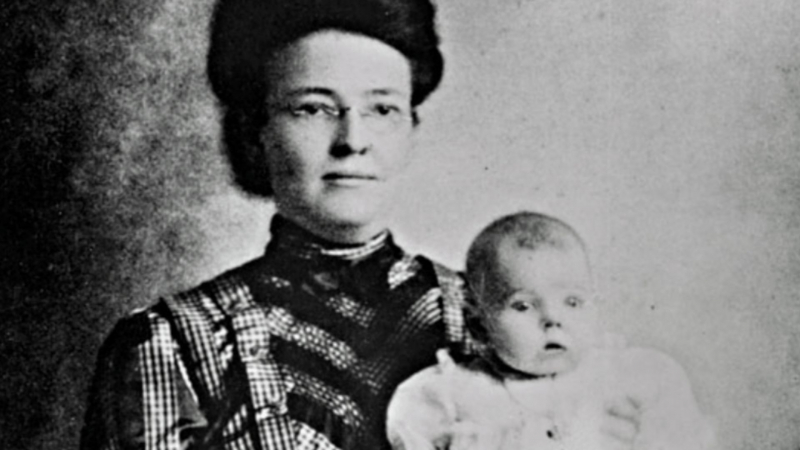
Photo: All That's Interesting 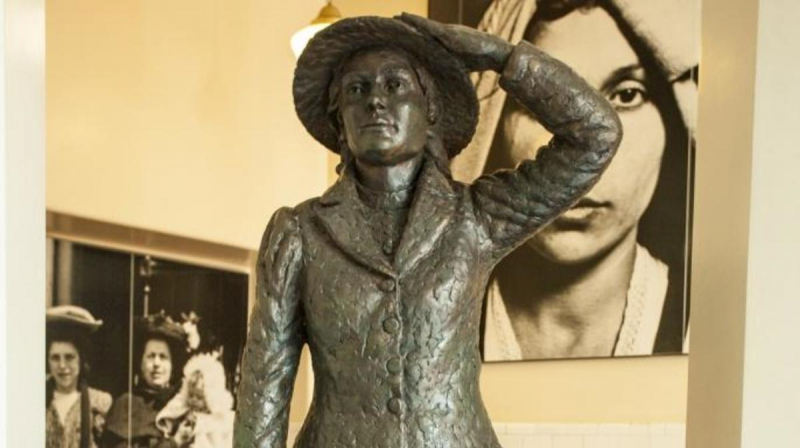
Photo: History









